How Long Is 1 Inch? 17+ Things That Are Exactly 1 Inch Long
Did you know that the humble inch has a rich history that stretches back thousands of years? Understanding how long is 1 inch, not only connects us to this fascinating past but also plays a crucial role in everyday tasks, from home improvement projects to cooking.
We’ll explore the significance of one-inch measurements within the U.S. Customary System and provide you with practical tips on how to visualize and utilize this essential unit of measurement.
What Do You Mean By 1 Inch Long?
One inch, equal to 1/12th of a foot or 2.54 centimeters, holds significant importance beyond its measurement. It affects various areas, from carpentry precision to cooking measurements, enhancing our appreciation for craftsmanship.
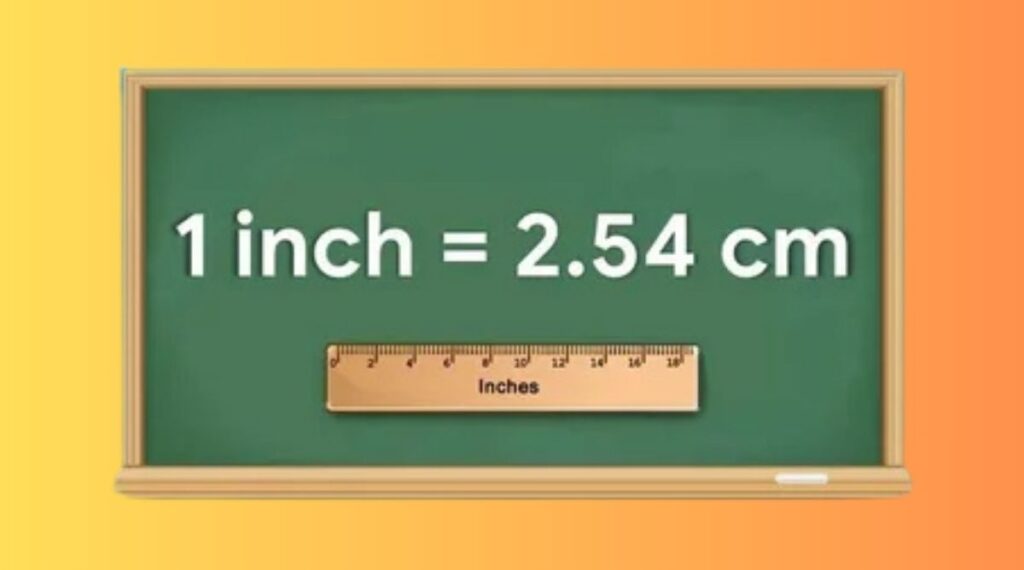
In design and innovation, 1 inch is a crucial benchmark, influencing everything from smartphone screens to fashion accessories, where every millimeter matters.
How Long is 1 Inch Visually?
Understanding how big is 1 inch visually aids communication in design and construction, ensuring clarity. Comparisons, such as a standard paperclip or bottle cap, provide tangible references for scale. This is especially important internationally, where converting inches to centimeters is a common practice.
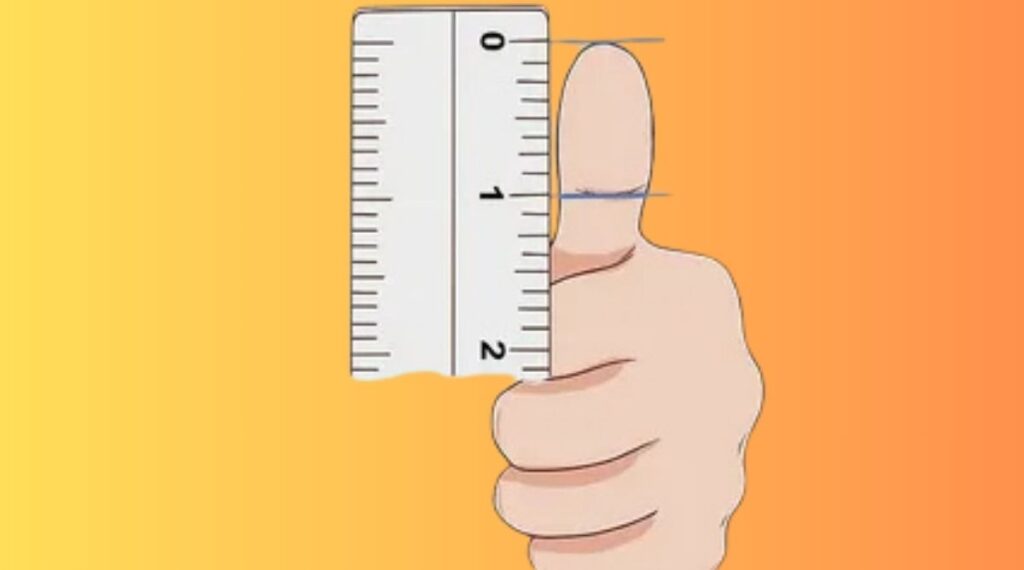
Despite its small size, an inch holds great significance in precision-driven fields such as fashion, engineering, and crafting. Professionals often use these visual cues for quick estimations, facilitating informed decisions before using rulers. The simple inch becomes an essential tool for creativity and accuracy in various applications.
How to Measure 1 Inch Without a Ruler
Measuring 1 inch without a ruler can be surprisingly simple and fun, especially when you tap into everyday items around you. One of the most accessible methods is using your finger’s width. On average, an adult’s pinky finger is about 1 inch wide.
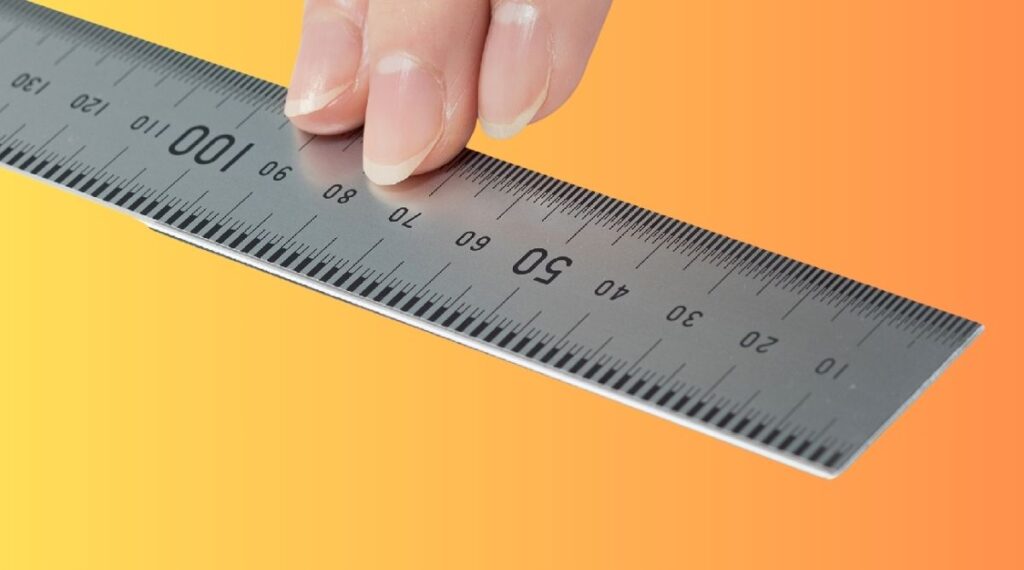
The imperial measurement system, consisting of inches, feet, and yards, is prevalent in the U.S. for tasks like home improvement. Inches are useful for precise measurements, such as those needed for picture frames or doorways. The relationships among these units, 12 inches in a foot and 36 inches in a yard, create an effective hierarchy for visualizing space.
How Long Is 1 Inch: A List of Random Things That are 1 Inch Long
- Bottle Caps
- PaperClips
- A Fingernail Length
- USB Flash Drive Width
- Guitar Pick Diameter
- The Width of a Pencil Eraser
- The U.S. Quarter
- Push Pins
- A Standard Dice Cube
- The Keyboard Ctrl Key
- A Large Button on a Shirt
- A Sugar Cube
- Hockey Puck
- The Height of a Small Bolt
- Standard Postage Stamp
- Golf Ball Diameter
- Upholstery Tacks
Bottle Caps
Bottle caps, with their approximate one-inch diameter, have become an unexpected ally for those in need of quick measurements. Their ubiquity makes them easily accessible, whether you’re rummaging through your recycling bin or enjoying a refreshing beverage.
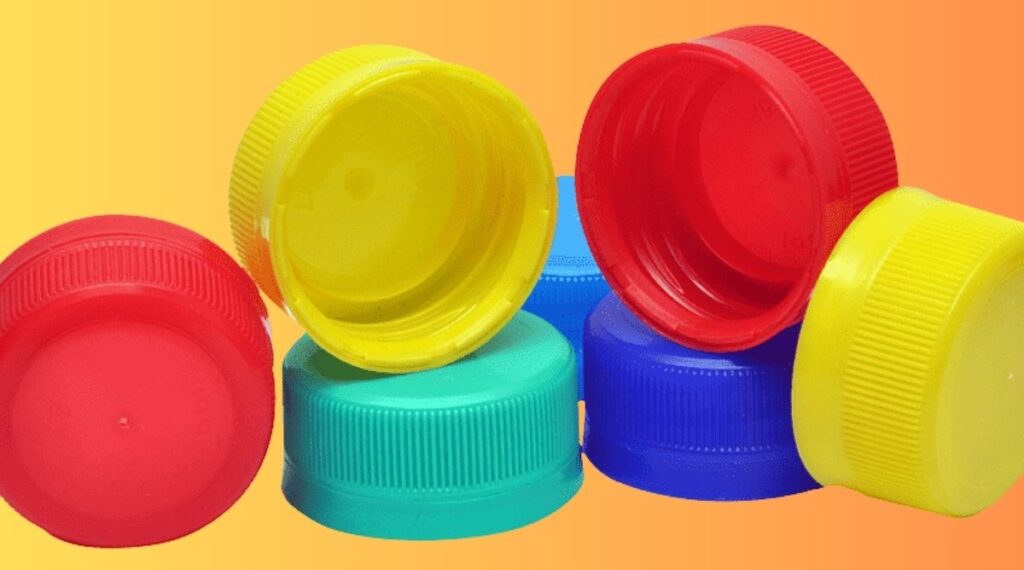
This convenient sizing allows crafters and DIY enthusiasts to use them as reliable reference points without the hassle of searching for a ruler. When tackling projects that require precision, having a consistent measurement tool at hand can streamline the creative process.
From jewelry design to home decor, using things that are 1 inch in diameter helps streamline the creative process, allowing artists to focus more on their vision rather than getting bogged down by precise measuring tools.
PaperClips
The paperclip, often overlooked, serves versatile roles beyond holding papers. Measuring about one to two inches, it can be used as a quick size reference when formal tools are unavailable. Everyday items can be measured against it, like small erasers or bottle caps.
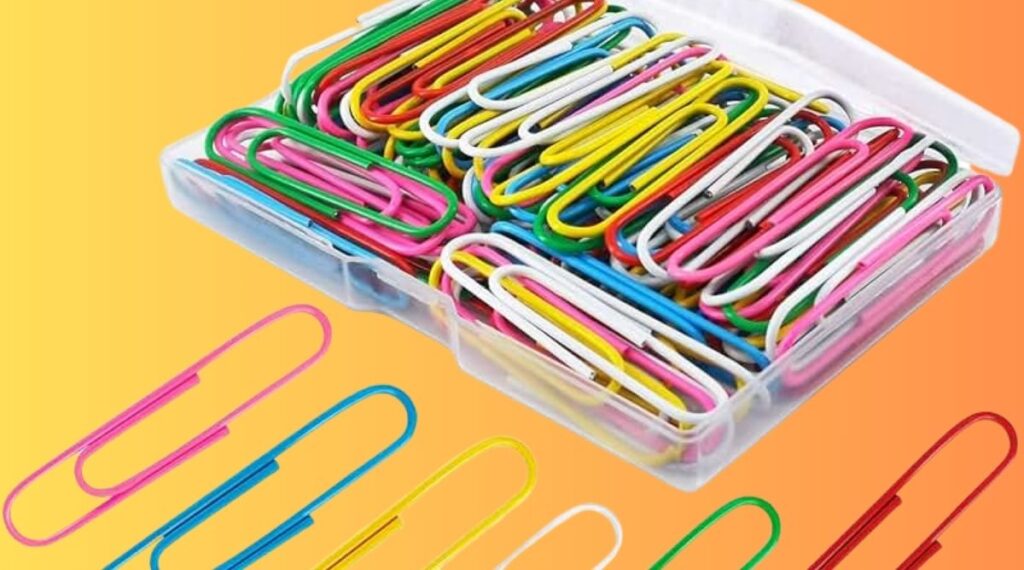
The standardized manufacturing of paperclips ensures consistent sizing across brands, making them reliable for accurate measurements. Office workers and teachers frequently use them in classrooms for demonstrations or to gauge distances without extensive tools. This simple office supply exemplifies how creativity can turn the mundane into practical solutions for everyday challenges.
A Fingernail Length
The human index finger, from tip to first knuckle, typically measures about one inch. This measurement serves as a practical tool when other references are unavailable. Although finger sizes vary among individuals, they often provide useful approximations. Knowing personal body measurements can enhance accuracy in daily tasks and projects.

For instance, the length of my thumb’s fingernail is also about one inch, which proves useful for quick size estimations without tools. This body-based reference is always accessible, making it convenient for on-the-spot checks and assessments in various situations.
USB Flash Drive Width
Standard USB flash drives, measuring one inch wide, showcase universal design in technology. Their consistent size ensures compatibility across devices, aiding IT professionals with quick measurements. This familiar dimension helps assess workspace setups and plan cable management efficiently.
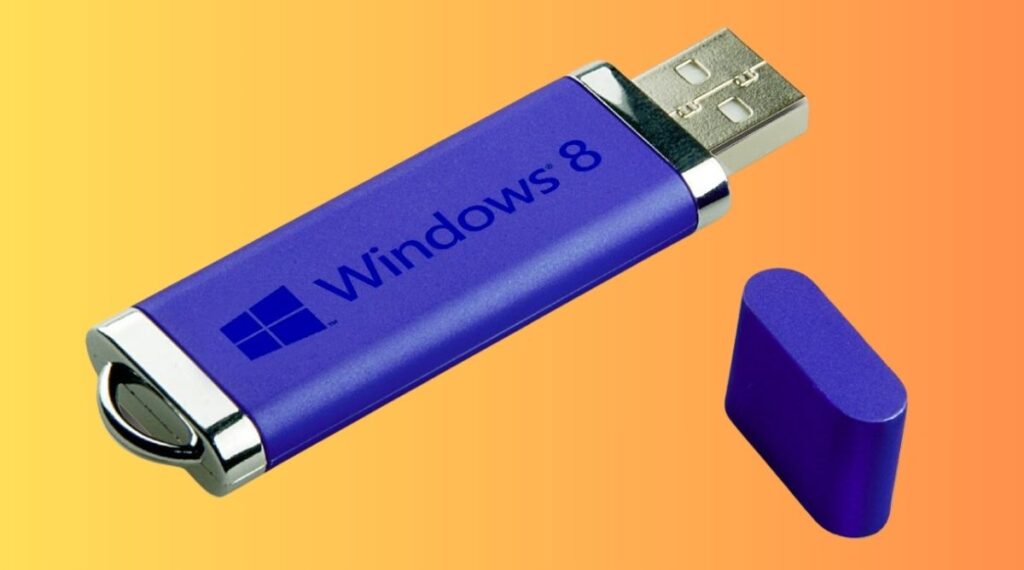
Understanding how big is an inch is crucial in tech environments, impacting successful installations or modifications. By adopting this standard, users can create cohesive tech spaces, optimizing work areas for personal and professional projects. Recognizing the importance of each inch leads to more organized and effective environments.
Guitar Pick Diameter
Standard guitar picks, measuring about one inch in diameter, serve as a universal reference point for musicians across various genres. This consistent sizing, standardized by manufacturers, allows guitarists to easily switch between picks without the hassle of adjusting to different dimensions. The compact nature of a pick, how long is 1 inch, makes it an ideal tool for quick measurements during setups or impromptu jam sessions.
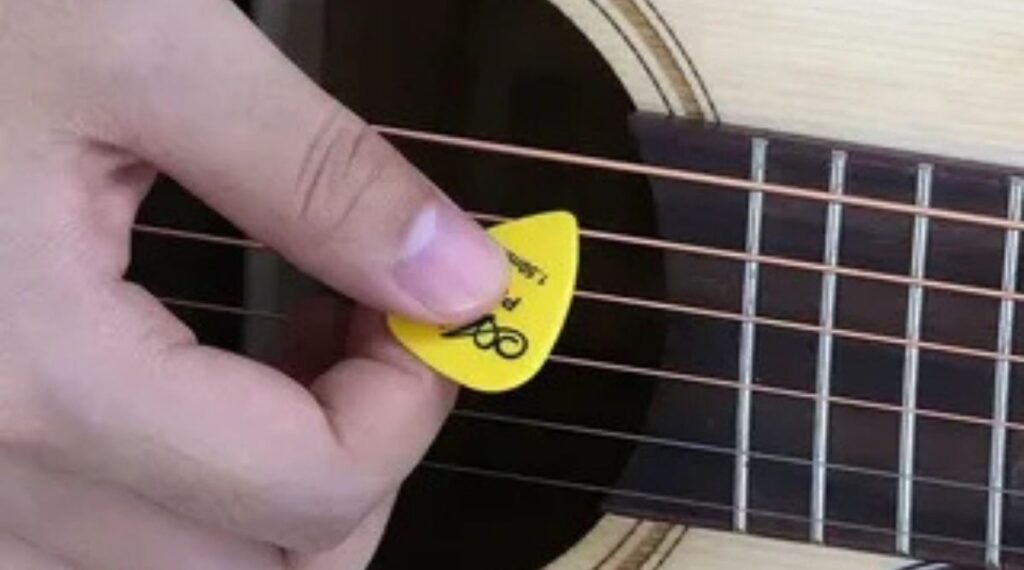
Beyond their primary function in strumming and plucking strings, picks have evolved into essential measurement guides for technicians and musicians alike. In these fast-paced environments, the reliability of a one-inch pick ensures that musicians can focus on their craft rather than worrying about inconsistent tools.
The Width of a Pencil Eraser
The round, rubbery end of a pencil, often overlooked, serves as an ingenious measurement tool that can greatly enhance your estimation skills. At about an inch wide, this seemingly insignificant part becomes invaluable when you find yourself sketching in class or tackling quick math problems.
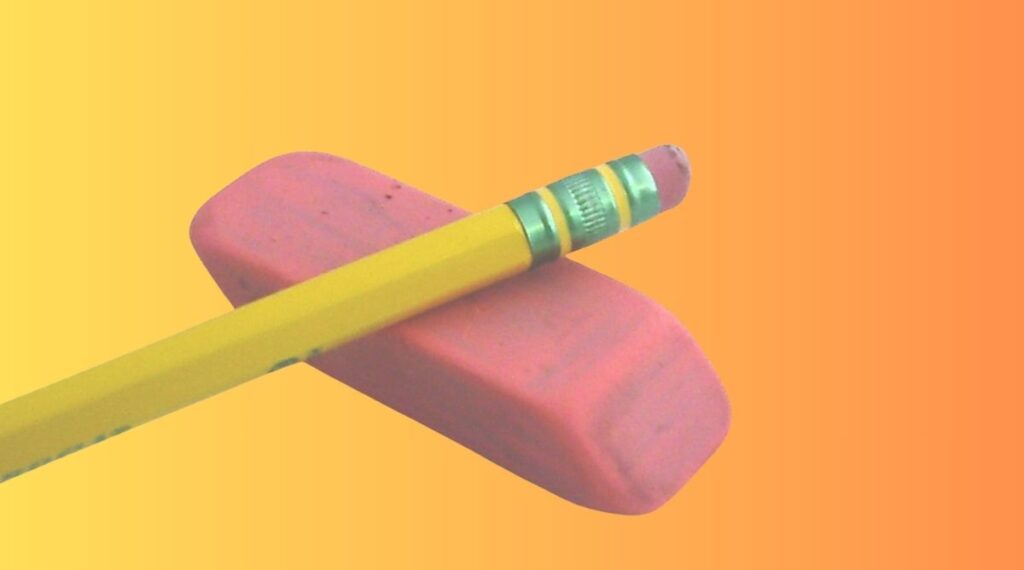
Its consistent size across various brands means that you can rely on it as a reference point, no need for a ruler! The standard eraser also, measuring approximately two inches in length, provides another easy-to-use benchmark; simply remember that half of it equals one inch.
The U.S. Quarter
The U.S. quarter, with its nearly one-inch diameter, is more than just a piece of currency; it’s a practical tool that many people may not fully appreciate. Whether you’re measuring the width of a small object or estimating the length of a piece of string, this coin serves as a surprisingly handy reference point.
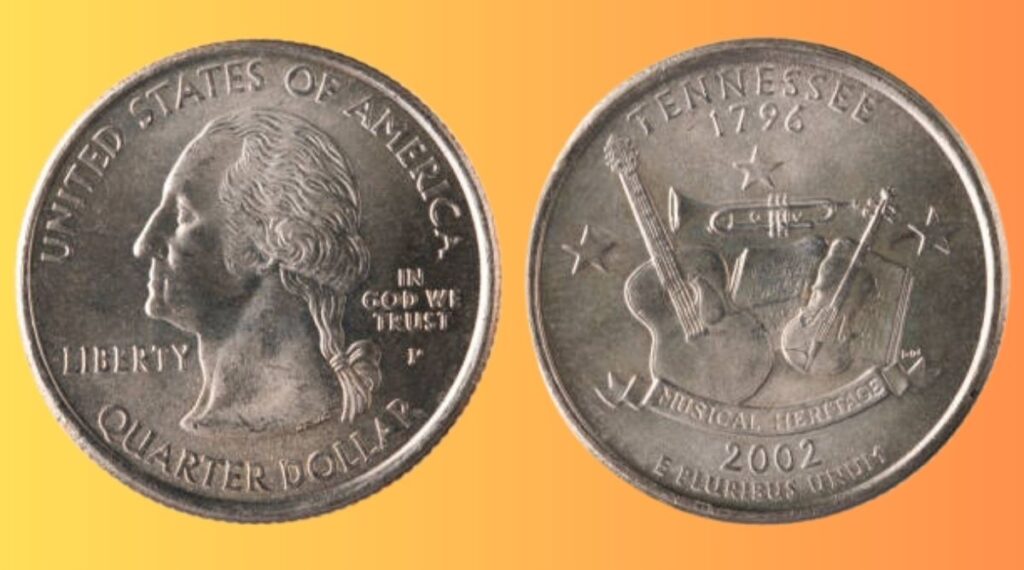
In everyday scenarios, we often overlook how something as commonplace as a quarter can simplify our measurements, making it a versatile companion in both casual and creative endeavors.
George Washington’s profile gracing the quarter adds an element of historical significance to this everyday item. Its precise manufacturing ensures that each coin maintains consistent sizing, which is crucial for banking professionals and collectors alike.
Push Pins
Standard push pins, measuring a precise 1 inch in length, are more than just simple office supplies; they are invaluable measurement references in everyday tasks. When organizing documents or creating visual displays, their uniform size allows for easy scaling and spacing, ensuring that your projects maintain a polished look.

Beyond the office, push pins prove to be remarkably versatile tools in home settings as well. Whether you’re pinning up family photos on a corkboard or marking important reminders on a wall calendar, the 1-inch size provides just the right amount of grip without damaging surfaces.
A Standard Dice Cube
Standard dice, measuring just under one inch at approximately 16 mm (0.63 inches), serve as a fundamental tool in the world of gaming. Their consistent sizing not only provides a tactile element to gameplay but also establishes a reliable reference point for game mechanics.
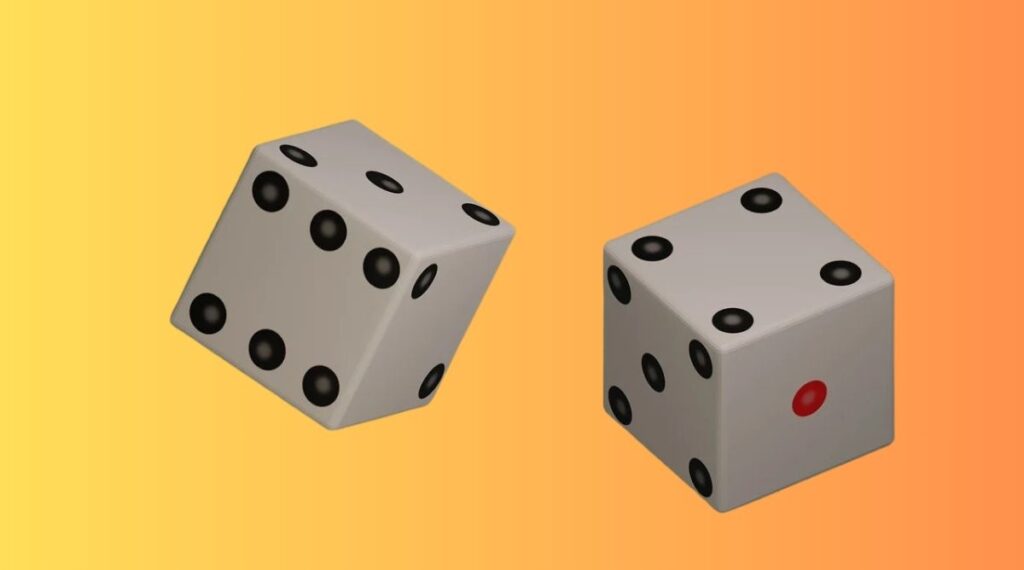
When players know how long is an inch in terms of their dice, it enhances their spatial awareness and decision-making during play.
This uniformity is critical for game designers who adhere to strict specifications, ensuring that every component, from character figures to battle maps, aligns perfectly. Understanding measurement variations can also enhance estimation skills for projects outside of gaming.
The Keyboard Ctrl Key
The Ctrl key‘s standard one-inch width exemplifies the importance of uniformity in technology design. This size ensures compatibility across keyboard models, crucial for tech professionals when configuring ergonomic workstations.
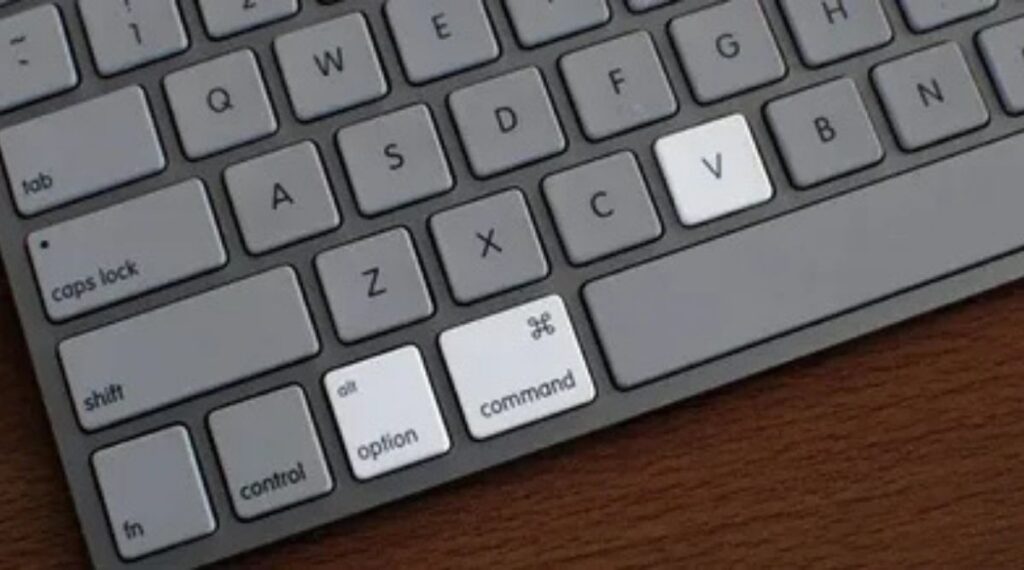
Consistent keyboard designs enable users to navigate tasks confidently, similar to familiar one-inch objects like paperclips. This predictability enhances office efficiency and organization, improving interactions with digital tools. By focusing on such details, professionals can cultivate more effective and harmonious work environments.
A Large Button on a Shirt
While folding laundry, I stumbled upon an unexpected measurement tool, my larger shirt buttons, which measure close to 1 inch across. This simple yet clever discovery opened my eyes to the everyday items around me that can serve as makeshift measuring devices.
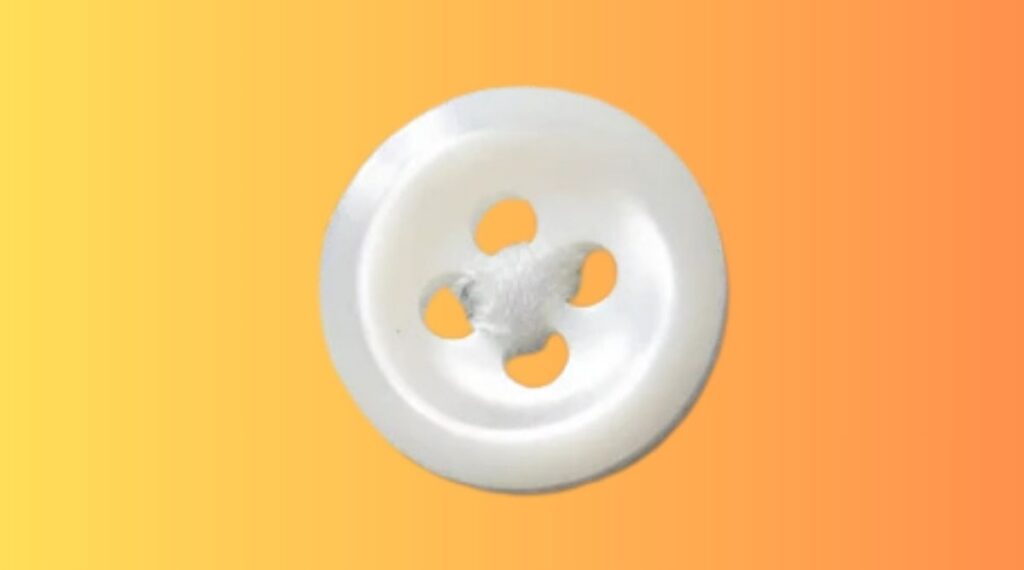
From the width of a standard button to the length of a typical paperclip, there are numerous things that are 1 inch, making it easier to estimate small lengths accurately without the need for a ruler or tape measure. This little trick not only streamlines tasks like crafting or organizing but also adds a layer of creativity to mundane chores.
A Sugar Cube
Standard sugar cubes, measuring about one inch on each side, are often overlooked yet serve a vital role in the culinary world. For food service professionals, these tiny cubes act as quick measurement guides, allowing for rapid assessment of ingredient quantities.
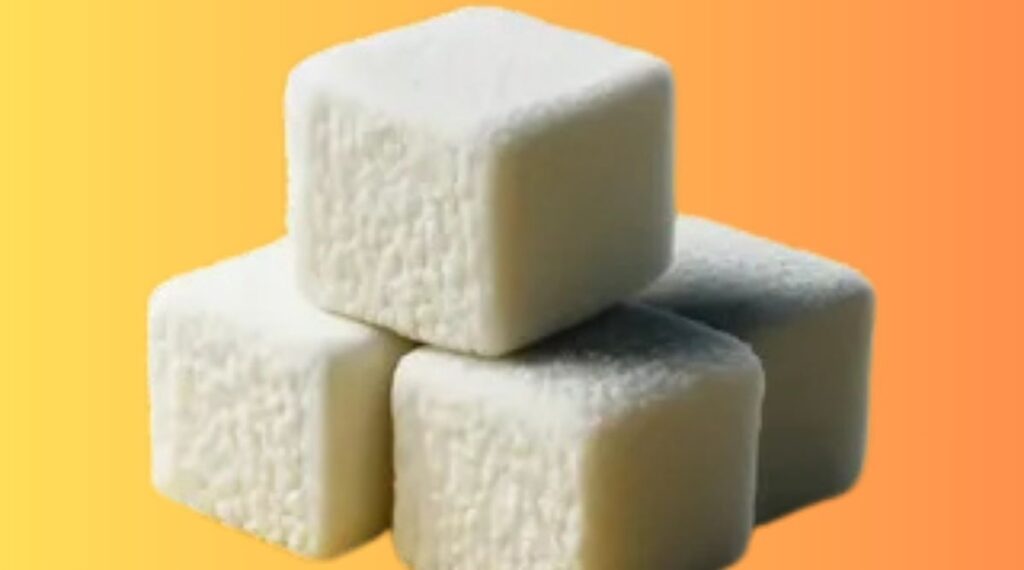
Their cubic shape not only provides a tactile reference but also aids in visualizing other small, square dimensions in the kitchen, making it easier to convert measurements on the fly.
Understanding common kitchen measurements, like how big is 1 inch, can significantly enhance cooking and baking accuracy. When precision is essential, knowing that a sugar cube equates to one inch can simplify ingredient scaling and portioning.
Hockey Puck
Regulation hockey pucks are one inch thick, made of durable rubber for consistent play. Their uniformity ensures a level playing field and reliability over time, even under intense use. Manufacturers follow strict specifications to meet professional-grade standards, making pucks suitable for various applications beyond hockey.
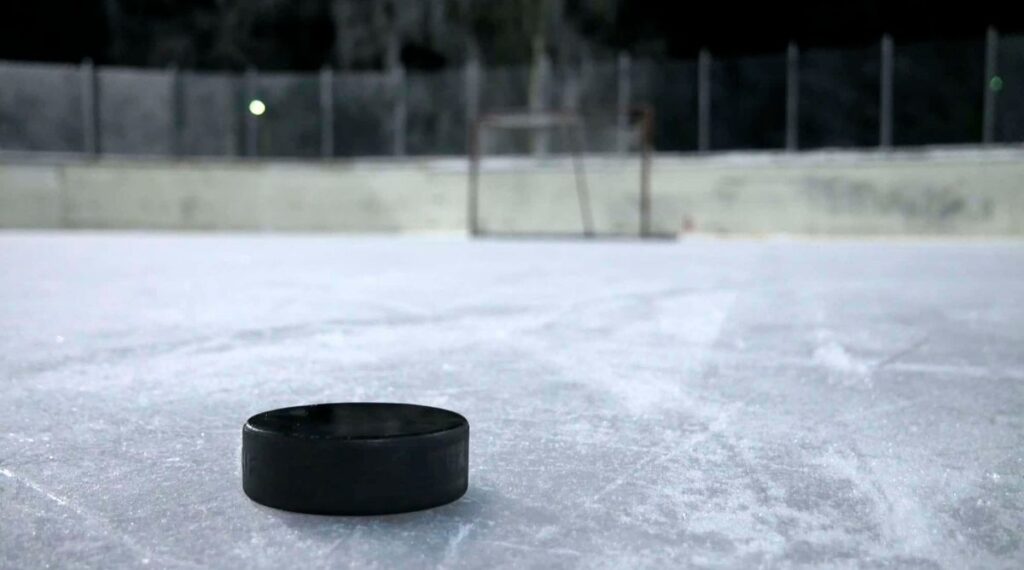
This attention to detail helps enthusiasts understand how big is an inch, allowing incorporation into creative projects or training aids. The standardized measurements ensure trust in the puck’s performance, whether for practicing shots or using it as a weight. Understanding these dimensions highlights the hockey puck’s versatility, making it valuable both on and off the ice.
The Height of a Small Bolt
Small bolts from furniture kits, typically about an inch tall, play a pivotal role in achieving the perfect spacing when hanging items. Their compact size might lead some to underestimate their importance, but these sturdy little components are essential for creating a balanced and aesthetically pleasing display.
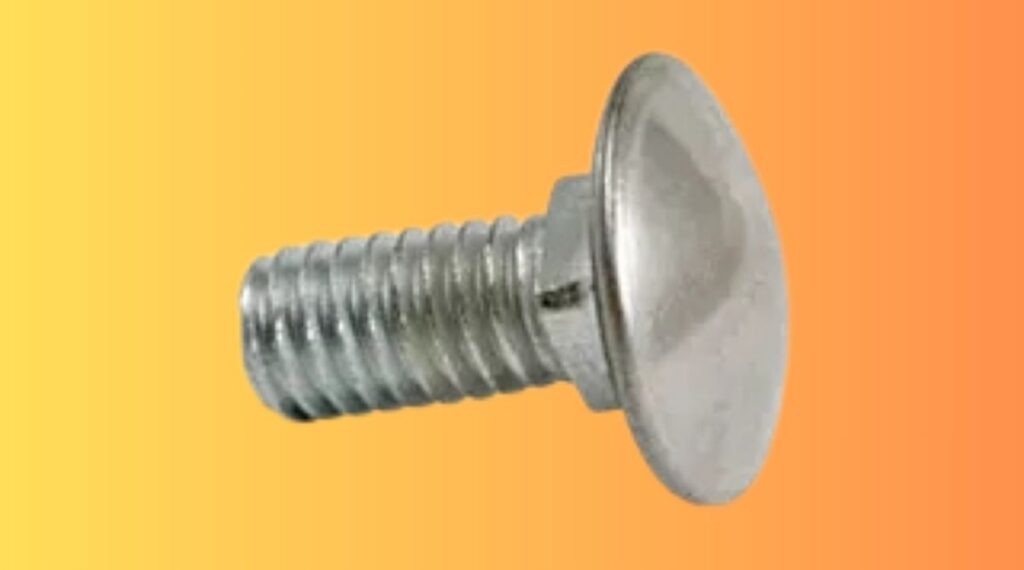
Whether you’re mounting shelves or artwork, understanding how long is one inch can help you visualize the precise measurements needed for a flawless installation.
Beyond their practical function, these bolts offer a sense of reliability that can transform a simple project into a professional-looking masterpiece. Easily accessible in most toolboxes, they empower DIY enthusiasts to tackle various tasks without the need for specialized tools.
Standard Postage Stamp
A standard postage stamp measures precisely one inch wide, a seemingly simple dimension that plays a crucial role in the world of mail. Postal services enforce strict size requirements for stamps not just for aesthetic purposes but to ensure efficient processing through automated systems.

This uniformity allows machines to swiftly identify and sort mail, minimizing delays and errors. When you find yourself without a ruler or tape measure, reaching for a stamp can provide a quick reference for how long is 1 inch, aiding in various tasks from crafting to DIY projects.
Understanding these postal measurements can enhance mailing and packaging efficiency, ensuring that envelopes and parcels meet necessary specifications without excess material.
Golf Ball Diameter
The regulation golf ball’s diameter of 1.68 inches offers a fascinating perspective when considering everyday objects. For instance, a standard paperclip is approximately one inch long, making it a relatable reference point for gauging the size of a golf ball.

This intriguing comparison invites us to explore how such precise measurements in sports equipment can extend beyond the green, influencing various facets of design and engineering.
In the world of professional golf, this meticulous attention to detail ensures that every shot is as predictable as possible, translating into consistency in performance. Designers leverage the established dimensions of golf balls to innovate new technologies in sports gear and even in fields like automotive design, where precision is equally crucial.
Upholstery Tacks
Upholstery tacks, one inch long, are essential for furniture assembly and home improvement. Their standard size aids both DIY enthusiasts and professionals, allowing efficient work while ensuring aesthetic and functional quality.
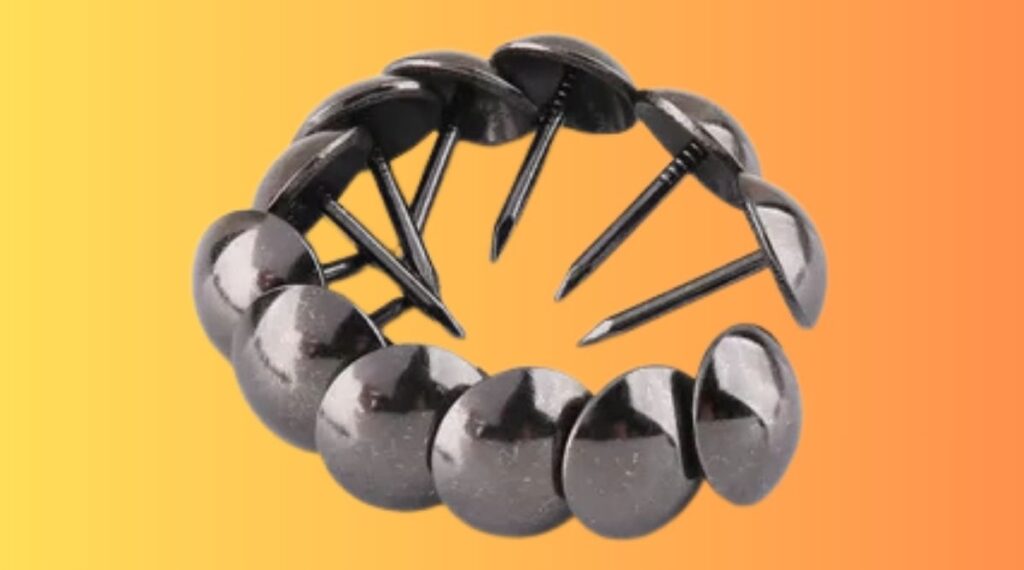
Reliable manufacturing enhances confidence among users, enabling artisans to concentrate on creativity rather than material concerns. Familiarity with upholstery tacks improves project estimation skills, aiding in budgeting and planning.
This knowledge empowers individuals in tasks like restoring vintage chairs or creating custom builds, fostering confidence and clarity in their work.
Tips for Accurate Measurement Estimation
Accurate measurements require the right tools, such as calipers and micrometers, to avoid errors. Using tangible references like paperclips helps visualize measurements. Comparing against known benchmarks improves estimation skills for manufactured items with variations.
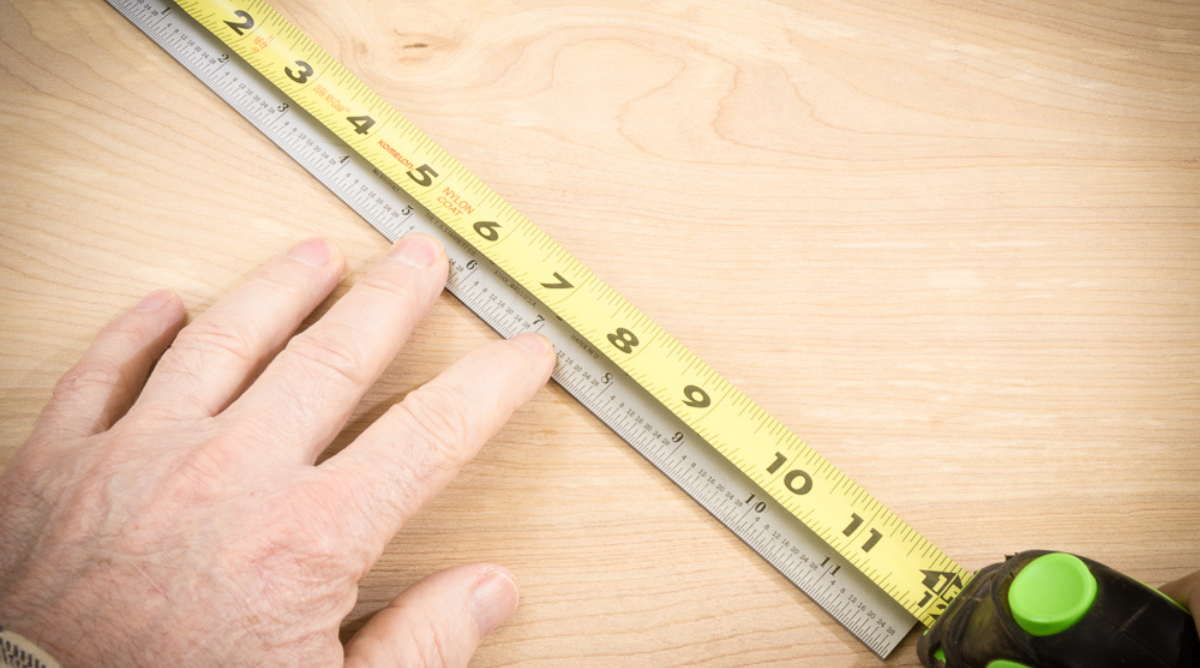
This nuanced understanding allows for adjustments based on real-world factors. Practicing quick measurement techniques enhances workflow and intuition, crucial for success in fast-paced environments.
Conclusion
Understanding the measurement of one inch is crucial for various everyday tasks, from home improvement projects to cooking. By recognizing that an inch is equivalent to 2.54 centimeters, you can easily convert measurements for international use or when dealing with metric systems.
Visualizing an inch using common objects, such as a paperclip or a thumb, can enhance your spatial awareness and practical skills. Whether you’re crafting, designing, or simply trying to grasp the concept of measurement, knowing how long is 1 inch truly can make all the difference.
FAQs
How does 1 Inch Look Like?
A practical way to understand this distance is by measuring from the tip of your thumb to the first knuckle. For most people, this distance is roughly equivalent to the width of a large paperclip or the length of a standard bottle cap.
What is the 1 Inch From Your Finger?
The phrase “1 inch from your finger” suggests using your finger to measure distances. By extending your index finger, you can easily visualize or mark one inch away from its tip. This method is practical for quick measurements when a ruler isn’t available.
What is 1 Inch Long?
One inch is a measurement unit in the imperial system, equal to 25.4 millimeters. This conversion aids precision in scientific and engineering contexts, especially when switching between measurement systems.
How do you visualize 1 inch?
Visualizing 1 inch is simple using everyday objects, like your thumb, which is typically about 1 inch wide. This serves as an easy reference for quick measurement.







